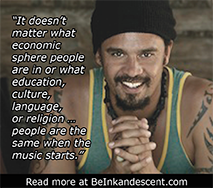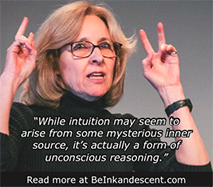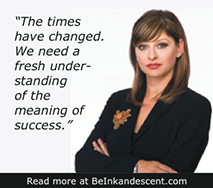
By Simeon Spearman
Futurist
Engauge
Social media has quickly become one of the most popular methods of communication.
Every day people of all ages begin using social media for the first time, and signing up for social networks has become a rite of passage for people new to the Internet.
According to the Pew Internet & American Life Project, 72 percent of online adults in the United States use social networking sites.
Here’s what you need to know:
Facebook, Twitter, and YouTube have emerged as leaders in the social networking space and will remain so for the foreseeable future due to the size of their audiences.
- Facebook currently reaches more than 1 billion Internet users, representing the largest reach of any social network. It will continue to be a platform for reaching large audiences, but its transition to a media company will require PR professionals to think through how paid and earned media can work together to expand reach.
- Twitter also continues to grow and is becoming more like a media company. The ease and simplicity of the service, as well as its more public nature, means that Twitter will serve as “a global watercooler” for years to come. Twitter’s incorporation into the larger media ecosystem underscores its future importance. The simplicity with which tweets can be included in mainstream press coverage means that its influence will remain strong in the years ahead.
- Facebook and Twitter represent “traditional” social networks built on connections to friends and family, with a large focus on status updates, but a shift to visual communication will shape the future use of social media. Although Facebook and Twitter have made it easier than ever to share photos and videos, a new generation is turning to other platforms more suited for content-sharing.
- YouTube is currently the largest example of a social network built on visual content. In June 2013, 82.5 percent of the US Internet population viewed online video, with YouTube making up a large portion of that. By simplifying the production and sharing of video content, YouTube is making it easier for video to become an affordable communications strategy. Consumption of online video is set to grow as more of the world gains high-speed mobile Internet access and smartphones capable of reliably streaming video content.
- YouTube’s growing importance is also coinciding with other strongly visual social networks, such as Instagram, Tumblr, and Pinterest, all of which present new ways to communicate through photographs, animations, and images. The popularity of these networks is reflected in their rapid growth up to this point. Instagram alone has grown to more than 130 million users worldwide since launching in 2010, rapidly becoming the de facto mobile social network for sharing photos.
The Bottom Line
- Over the next few years, consumer technology will continue to evolve toward supporting visual communication.
- Smartphones are evolving into “smart cameras,” focusing more on the quality of photography and video-recording than on voice chat and text-messaging.
- Wearable technology such as Google Glass demonstrates that photography and video will become core to how people communicate.
About Simeon Spearman
Spearman works as a senior innovation strategist at Engauge, a full-service marketing agency in Atlanta. He graduated from Georgia Tech with a BS in International Affairs and Modern Languages (Japanese) before entering the Futures Studies graduate program at the University of Houston, one of only a handful of programs in the United States focused on technology forecasting, trend-spotting, and scenario planning.
Spearman’s career in strategic foresight has led him to work with different futures consultancies, including Social Technologies, The Futures Lab, and Fast Future, along with a variety of clients, including McDonald’s, Research in Motion, and Philips. He now works as an innovation strategist in the advertising industry, applying futures thinking to develop traditional and digital marketing strategies based on emerging issues in the media industry. His work within the advertising industry has benefited brands such as Turner, Verizon Wireless, 20th Century Fox, Coca-Cola, and more.





































































































